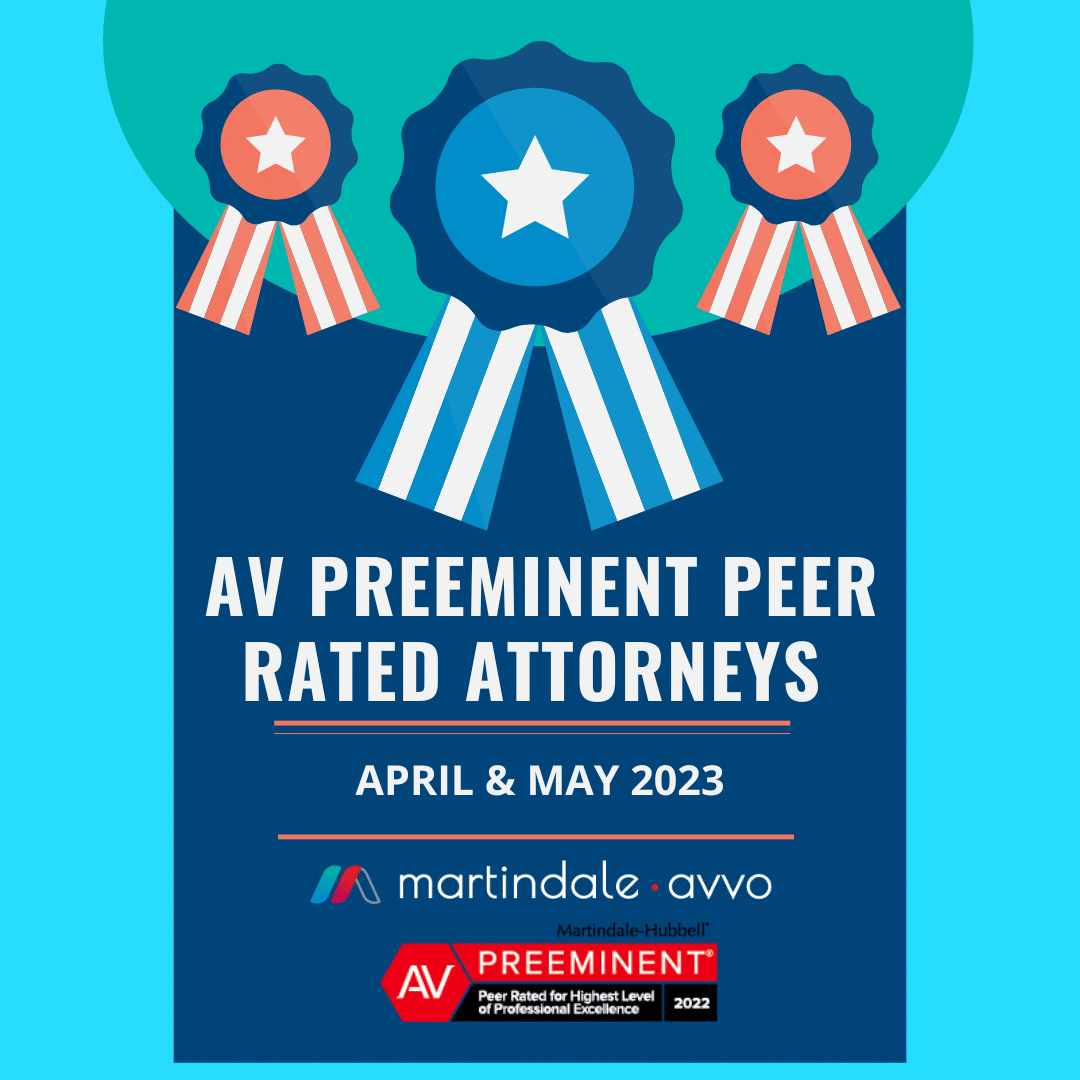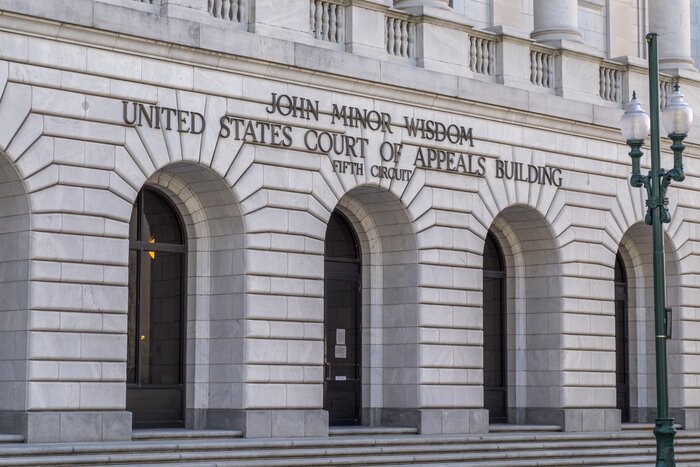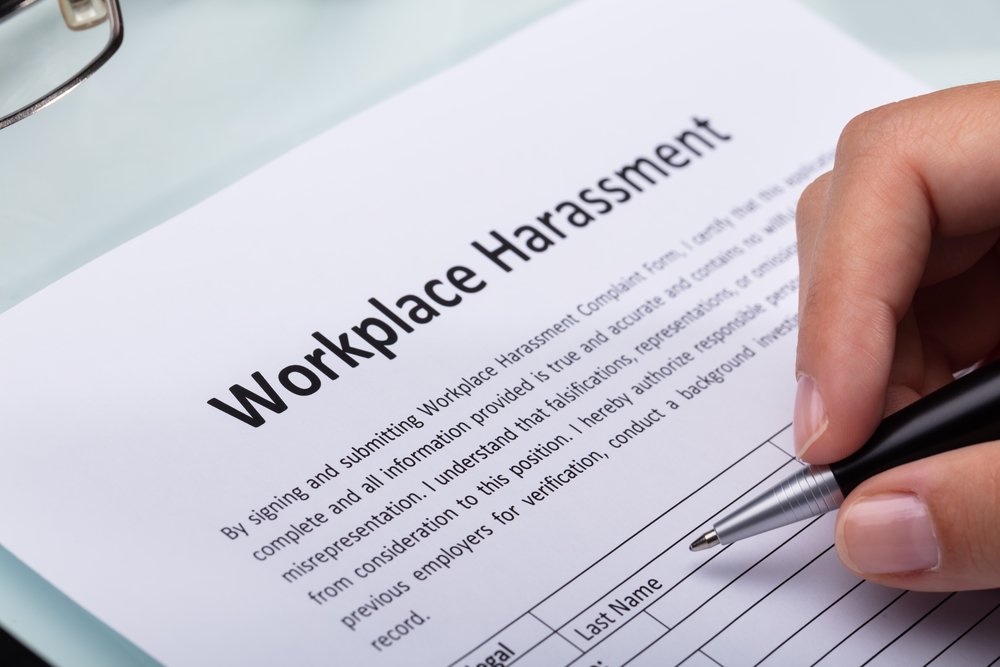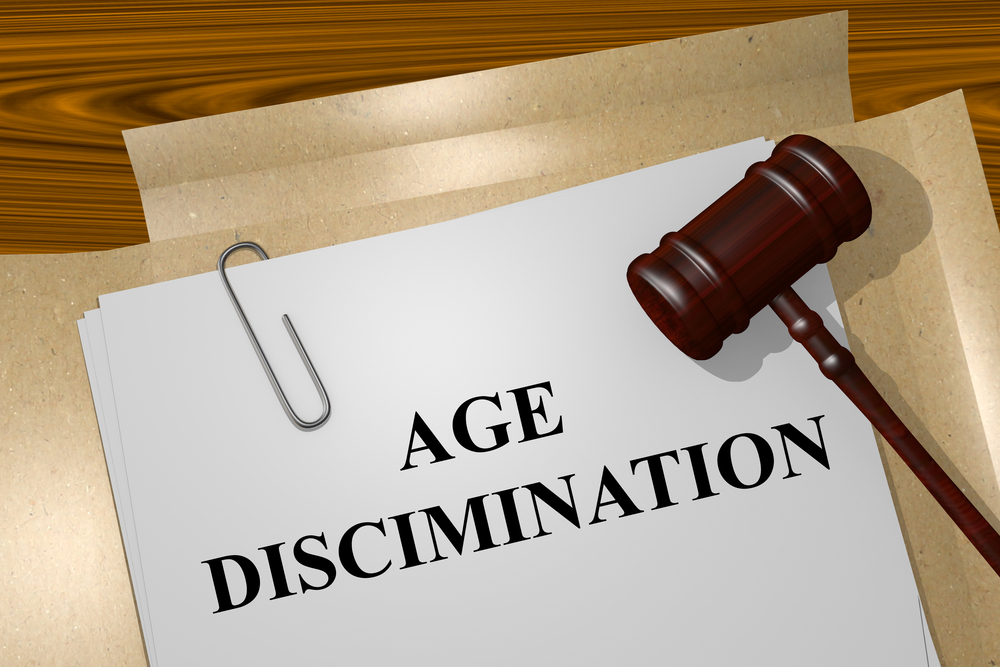By Sarah Hammel/The Landing
It’s the summer of 2020, and Delta Air Lines CEO Ed Bastian is drafting an epic memo outlining the company’s commitment to diversity and inclusion.
Bastian promises clarity and transparency throughout the $27.5-billion company’s journey to a less white, less male leadership. He writes that he is “committed to correcting our course as we become a more just, equal and anti-racist company.”
Meanwhile, up north in Delta’s “second home” of Minneapolis, Captain Andrea Ratfield is doing some writing of her own.
It’s June 26, a Friday. At her wits’ end, Ratfield composes an email to high-ranking Delta executives, including Bastian.
A skilled pilot with an exemplary flying record, Ratfield launched her career at Delta as a flight attendant in 1999 before joining the airline’s three percent of women pilots in 2007.
In the summer of 2020, Ratfield is balancing a full life as a commercial airline pilot, activist, mother of two young boys with special needs, and trauma survivor. Making life even more challenging: In the midst of it all, she’s been routinely sexually harassed and assaulted at work. Despite reporting the incidents to her bosses, the male pilot perpetrators are never disciplined.
In her email, Ratfield reminds the executives what she’s been through—likely touching on a few examples in a laundry list that includes a male instructor pilot coming to her hotel room at 2 a.m. for “a drink” and another grabbing her breasts—and outlines again the retaliation she’s endured since reporting the abhorrent behavior.
She closes out the letter with a request that she not be forced to work any longer with the male pilots she says are retaliating against her. She names Captain Scott Monjeau, First Officer Warren Mowry and Captain Ray Baltera.
She hits send.
On July 14, Bastian goes on CNN to tout his airline’s diversity and equity plan.
Delta’s top man talks a good game. The 6’ 3” bespectacled CEO with slicked-back salt-and-pepper hair is duly somber as CNN’s presenter pushes him on the airline’s poor record of minorities in leadership positions.
Bastian admits he’s heard Black employees speak of being left out of the “broader” discussion, and says that “…minorities of all varieties, women, are all really important…[we need to] ensure that we’re doing our very best to promote opportunity and equality.”
He adds, “They’re family. They’re my family…I have a responsibility to do a better job.”
On August 11, 2020, Ed Bastian’s diversity memo blasts out to staff and media worldwide. The subject: Taking Action.
Read the full article from The Landing here.














